Truthear x Crinacle ZERO: RED: Dissecting the Hype

Introduction
If you haven’t heard of the name Crinacle before, welcome to the hobby. Crinacle is arguably the most influential voice today within the in-ear monitor (IEM) space. Over a year ago, he collaborated with the relatively new brand Truthear to create the Truthear x Crinacle ZERO, a $50 IEM that matches the statistically-derived Harman In-Ear frequency response target as closely as possible. Crinacle himself, however, is not a fan of that target and has since worked on a re-imagined version that is closer to his own ideal tuning. Initially dubbed the Project Red during development, it’s now released as the $55 Truthear x Crinacle ZERO: RED. I highly recommend watching Crinacle’s own video talking about the RED’s inception here and Resolve’s review here. My goal in this review is to understand why, in a sea of well-tuned budget IEMs, the RED is worth any kind of special consideration.
Source(s) Used: Apple USB-C dongle and Ferrum ERCO
Review unit provided by Shenzhen Audio
Newcomer’s Note: This article is written towards those who have been in the hobby for a while and will feature discussions of frequency response graphs and measurements. If you’re unfamiliar with them, here is a great primer from Resolve on what those graphs are and how to interpret them. Feel free to join the Headphones.com Discord server where there’ll be plenty of hobbyists to answer any questions you might have.
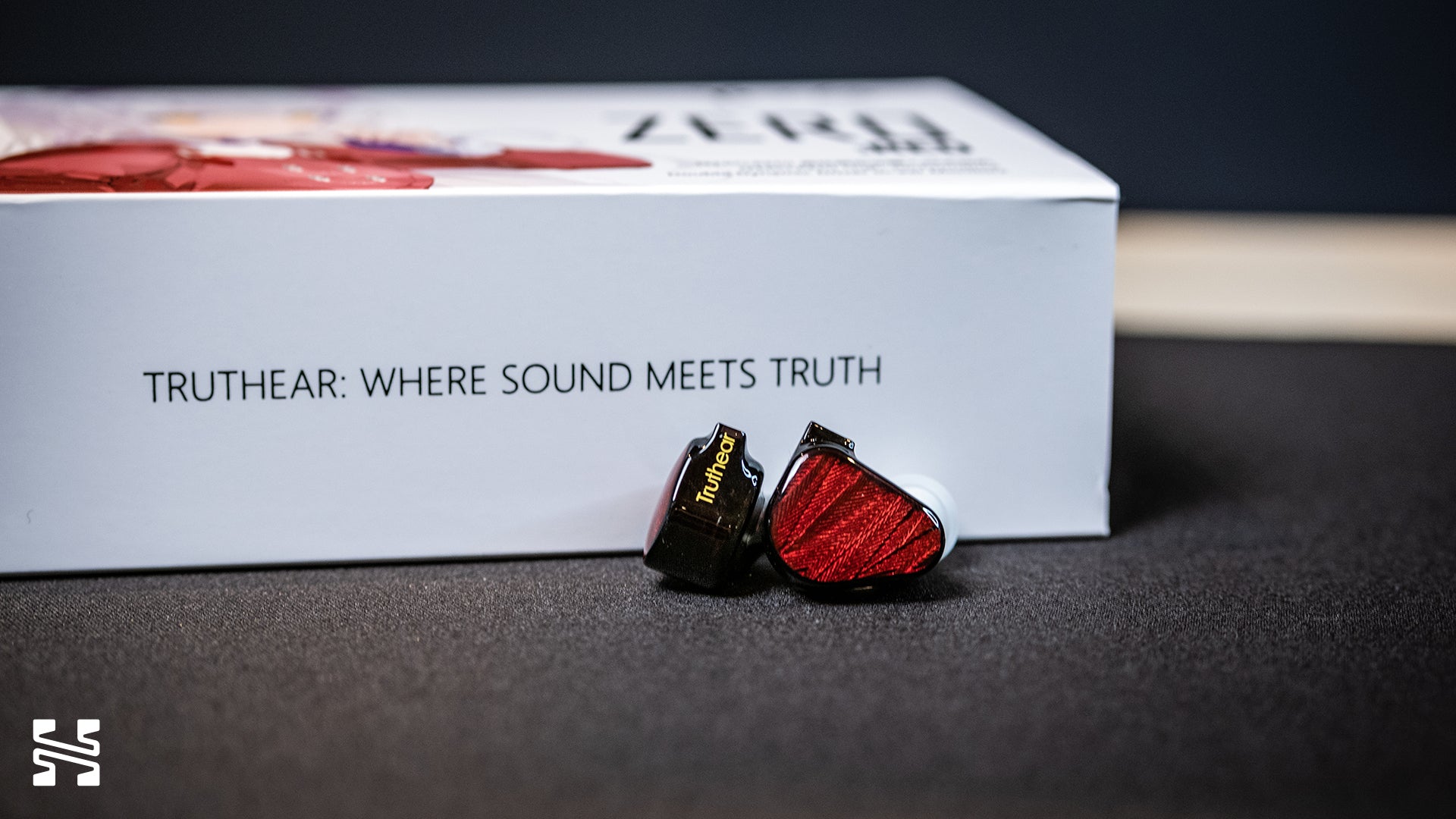
What’s in the Box
The RED retains the same 7.8 mm and 10 mm dual dynamic driver configuration of the Zero where the 10 mm acts as a subwoofer with a crossover at around 160 - 180 Hz. But beyond a simple re-tune, extensive work was done to modify the driver’s voice coils and revamp the crossover circuits for better performance. Furthermore, there’s an included 10 Ohm impedance adapter to further increase the bass response by leveraging the RED’s electrical impedance curve.
The package has a nice set of accessories:
- Two sets of white S/M/L silicon tips for 6 pairs in total. Each set has a different bore size which will give a slightly different treble response. I used the medium size tips with narrow bores for this review.
- A pair of one-size-fits-all black foam tips.
- A very nice feeling faux-leather carrying pouch.
- The aforementioned 10 Ω Bass+ impedance adapter.
- A standard black 2-pin 4-core braided cable. It’s a decent cable with little cable memory or noise. I personally prefer something less tightly braided so it’s smoother to touch but that’s my own obsessively small nitpick.
- The RED itself.
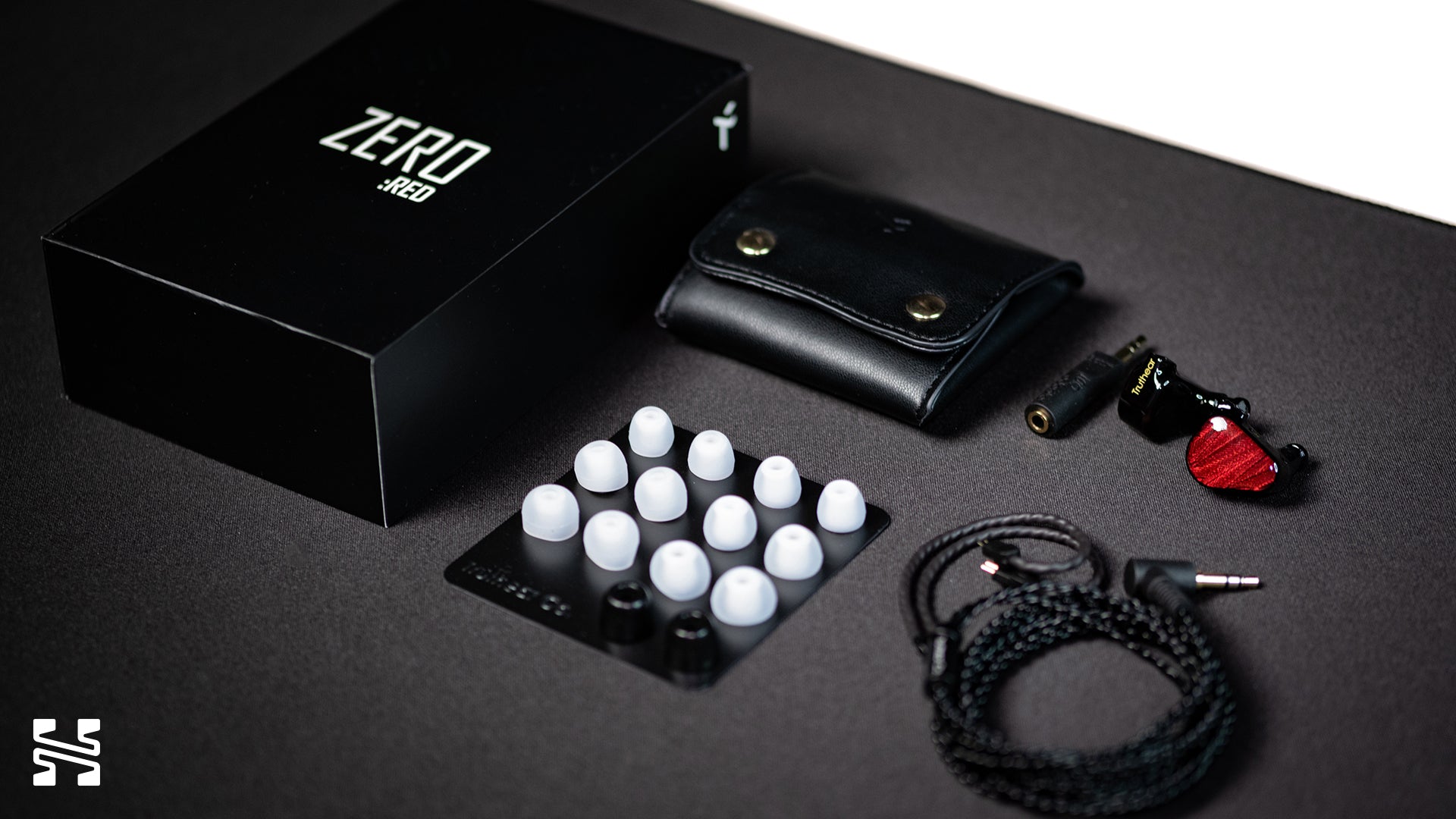
The shape of the RED’s shell is the same as the Zero with the biggest difference being the faceplate. Instead of a blue galaxy design, the RED has what I call a red “shoelace” look to it. I asked Crinacle about this in a Q&A stream at The Headphone Show and it turns out that there was actually a red mother-of-pearl design as well but people were split 50/50 on which they preferred. The “shoelace” was chosen in the end because it was easier to manufacture as it was 3D printed with a resin fill on tip. The only other difference is the shape of the driver vent.
Unfortunately, because it retains the same large shell as the Zero, the nozzle diameter is over 6 mm. It’s large. There is a lip at the edge to help hold the tips in place but I actually think it’s the lip that makes me feel the size more than something like the Kiwi Ears Orchestra Lite with a similar nozzle size. In that same Q&A stream, Crinacle mentioned that it was needed to accommodate the large 7.8 mm and 10 mm drivers without affecting acoustic response. That said, the angle of insertion is very ergonomic so I have no complaints about comfort other than feeling the nozzle size. You can get quite a nice, deep seal with the RED.
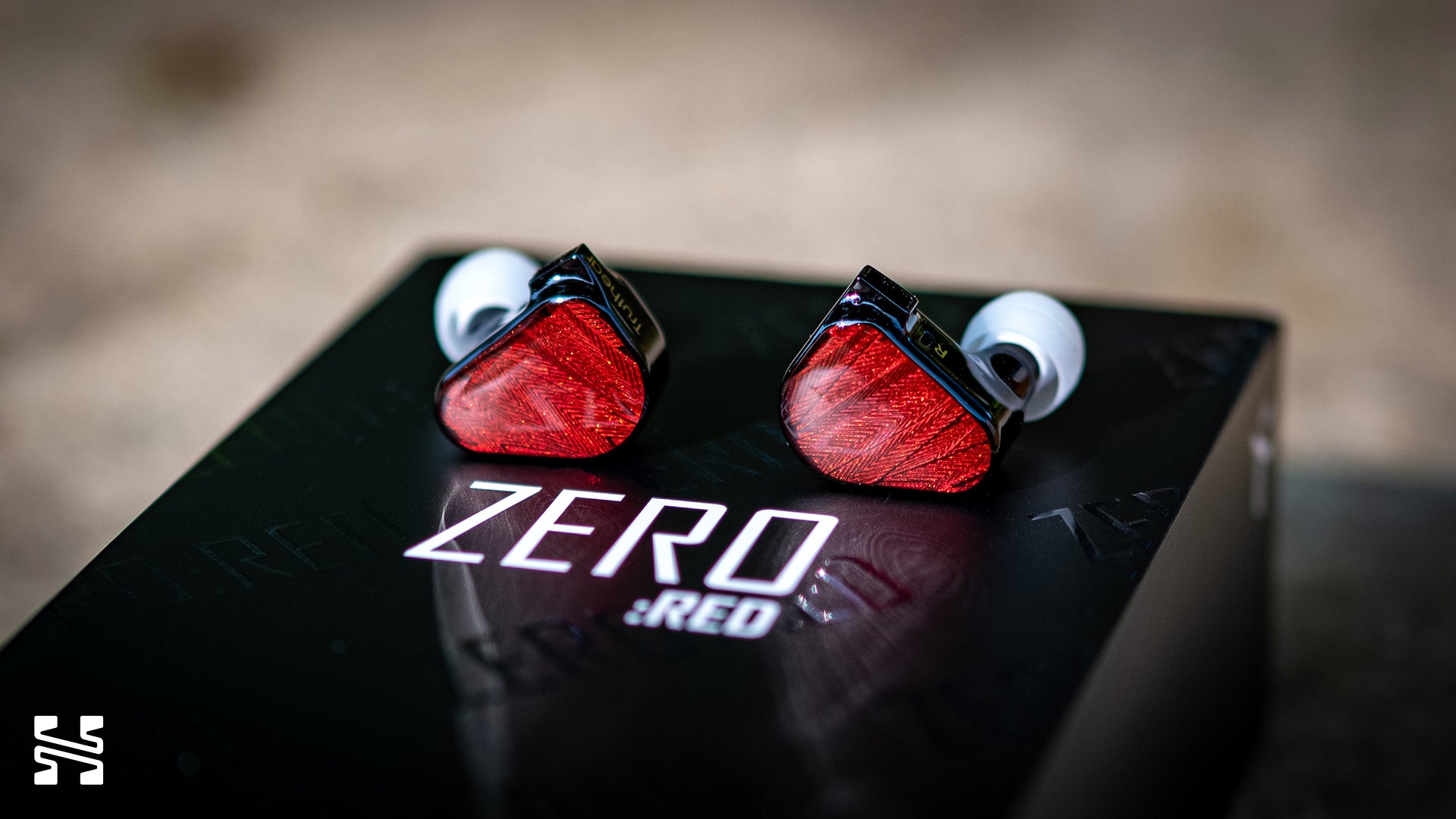
Sound and Frequency Response
The Truthear x Crinacle ZERO:RED is an excellent IEM that fills an important hole in the market. It represents what I would classify as a modern neutral + bass shelf tuning. Modern, as in it incorporates the improvements and learnings we’ve seen in sound and frequency response in recent years. While the RED is not the first IEM to have this sort of tuning, it is the first one to be made (to my understanding) and validated by the now industry-leading B&K 5128 measurement system.
But I don’t love it. I appreciate it. Though it’s a great listen and there’s little to find fault in its sound, the RED doesn’t enamour me the way Crinacle’s previous collabs like the Moondrop Blessing 2: Dusk and Fearless Dawn did. To use a horrible cliche, the tuning of the RED is like a pair of studio monitors. Not that it sounds like one, but rather that the RED is accurate and timbrally correct in a way that is hard to argue against. But like studio speakers, there’s a reason why the stereo hi-fi industry exists: not everyone wants that.
It’s a bit of a philosophical question: Do you want an accurate listen, or one that is perhaps more colored but more personally enjoyable? Though I started this hobby seeking the former, I’ve grown inclined towards the latter (within reason of course). Maybe if I had the RED as my first IEM I would never have become a reviewer.
Let’s get into the sound.

This is the frequency response graph of the RED using my standard clone 711 coupler. This is NOT the B&K 5128 system Resolve has and is less accurate throughout. I show this instead of the B&K 5128 as it is representative of my personal RED unit. As usual, the ~8 kHz peak is an artifact of the measurement rig and measurements past that point are not accurate.
Objectively, we can see that this fits that modern neutral + sub-bass tuning. A clean <200 Hz bass shelf with a slow rise and a healthy 8 - 9 dB upper midrange pinna gain. I don’t particularly notice that 13 - 14 kHz peak and in Resolve’s B&K 5128 measurements, it is not present.
Subjectively, I have a couple of small notes. The first is that there is just a little too much of a hump around the 1.5 kHz region. It makes male vocals stand out relative to the instruments, though not necessarily in a bad way if that’s aligned with your tastes. I doubt most will even notice this effect especially as it’s found widely throughout many other neutrally tuned IEMs. But keeping in the spirit of the “modern neutral” tuning, it is just ever-so-slightly noticeable. Otherwise, there isn’t anything to say about the midrange. It’s tonally correct and lacks any sort of “audiophile romanticism”. It’s not sweet or euphoric or lush or whatever abstract term you’re likely to find in an overly-flowery audio review.
The second is that there is a bit of a midbass tuck. This gives the RED agility and incisiveness with instruments like the bass guitar but it can feel a little light at times. It creates a contrast with the RED’s sub-bass boost which, while substantial, is truly a sub-bass boost. If the music you’re listening to doesn’t have too much information in the lowest octaves (as with a lot of purely acoustic tracks), its impact won’t be heard too much. But in music with a deliberate focus on bassy notes such as synths or the kick drum and floor tom, the RED’s low end comes to life. To that end, the 10 Ω Bass+ adapter helps restore that midbass dip and further emphasize the subbass.

In terms of bass quality, the RED’s low end is among the best you can get in a neutral DD IEM before getting up to the more expensive and exotic stuff. There’s a notable sense of physicality and grit. This is most apparent in the midbass body of electric guitars - the textured tone of the amps are beautifully rendered…but only if it’s emphasized enough in the mix to be heard. The bass leans on the boomier side rather than punchy and there is a good amount of dynamics. The level of articulation in the bass notes is impressive and decay is finely tuned to never linger more than needed. As a whole, I’d say it beats out the bass of IEMs like the Blessing 2: Dusk. As noted before however, despite its quality I wouldn’t consider the RED to be a basshead IEM. There isn’t an excessive amount of bass for a pure fun factor like that of a CCA CRA/CRA+.
The treble of the RED is very tightly reigned in. In tracks where I anticipate sibilance, it gets right to the brink but never crosses the line. What I like about the RED’s treble is that it doesn’t overly dampen the response to tame it, unlike past MoonDrop IEMs. What I don’t like is that it’s almost too reigned in. There’s little space for treble notes to breathe, for the hats and cymbals to shimmer and shine past the crisp initial attack. This is very much a personal nitpick, however. For the majority of listeners who are less tolerant with treble, the RED’s level of control is hard to find in most other IEMs, let alone among the budget range.
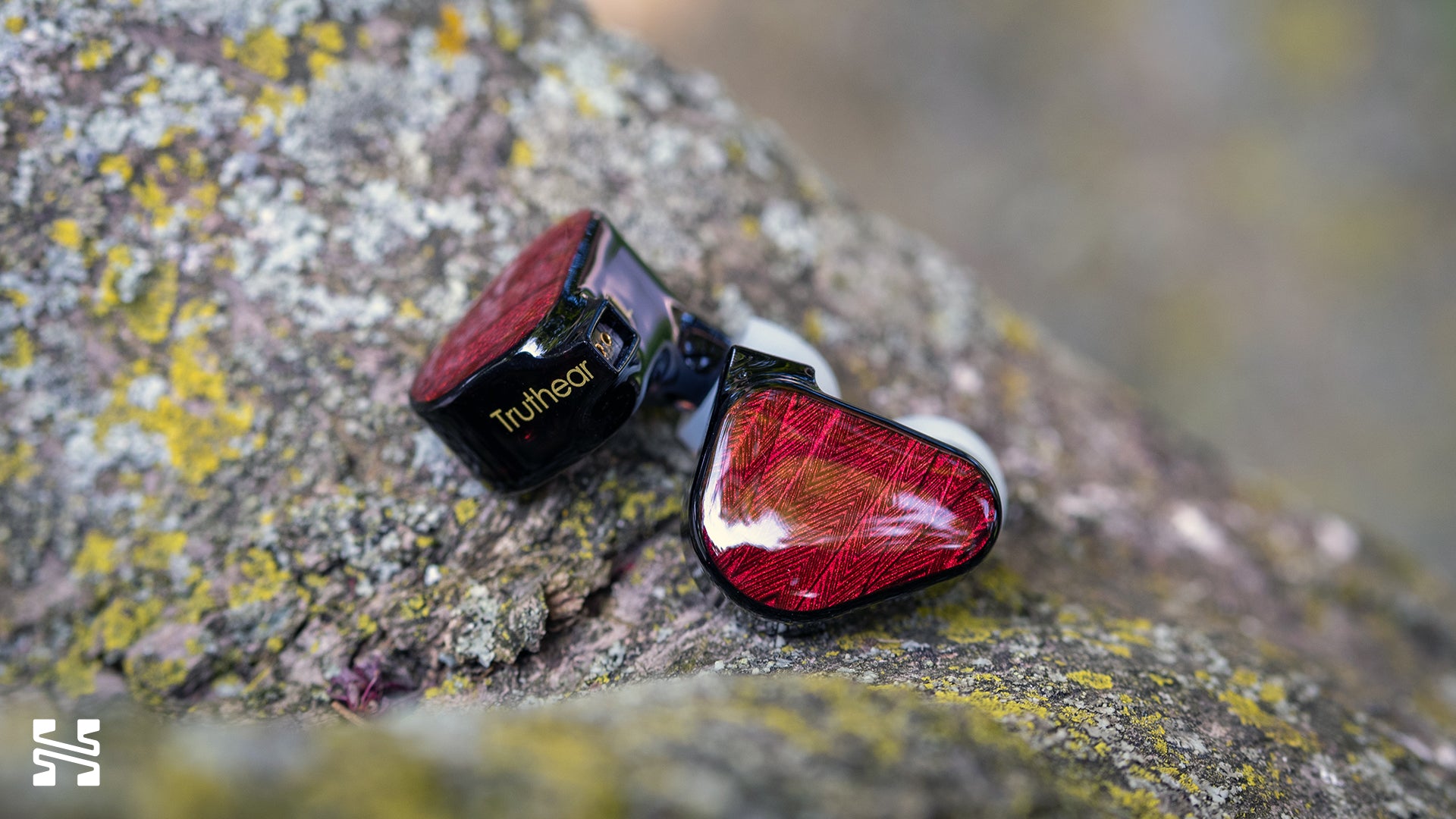
Presentation
The soundstage of the RED is fairly constrained. Imaging is better with some stage depth and stereo positioning but there is little height and the center image isn’t particularly focused. The staging of the RED isn’t a deal breaker by any means but it does fall a bit behind some of the more recent budget IEMs.
The resolution of the RED is class-leading. The budget IEM class, that is. It won’t replace the recent planar family of IEMs or other benchmarks like the MoonDrop Blessing 2. There’s nice microdetail, with little nuances that characterize each note, thanks to the texturing and grit of the RED. But at a higher level, the RED doesn’t always pick up the more subtle passages and background instrument lines. Coherency is excellent and instrument separation is clearly defined though there isn’t too much space when it comes to layering due to the smaller stage.
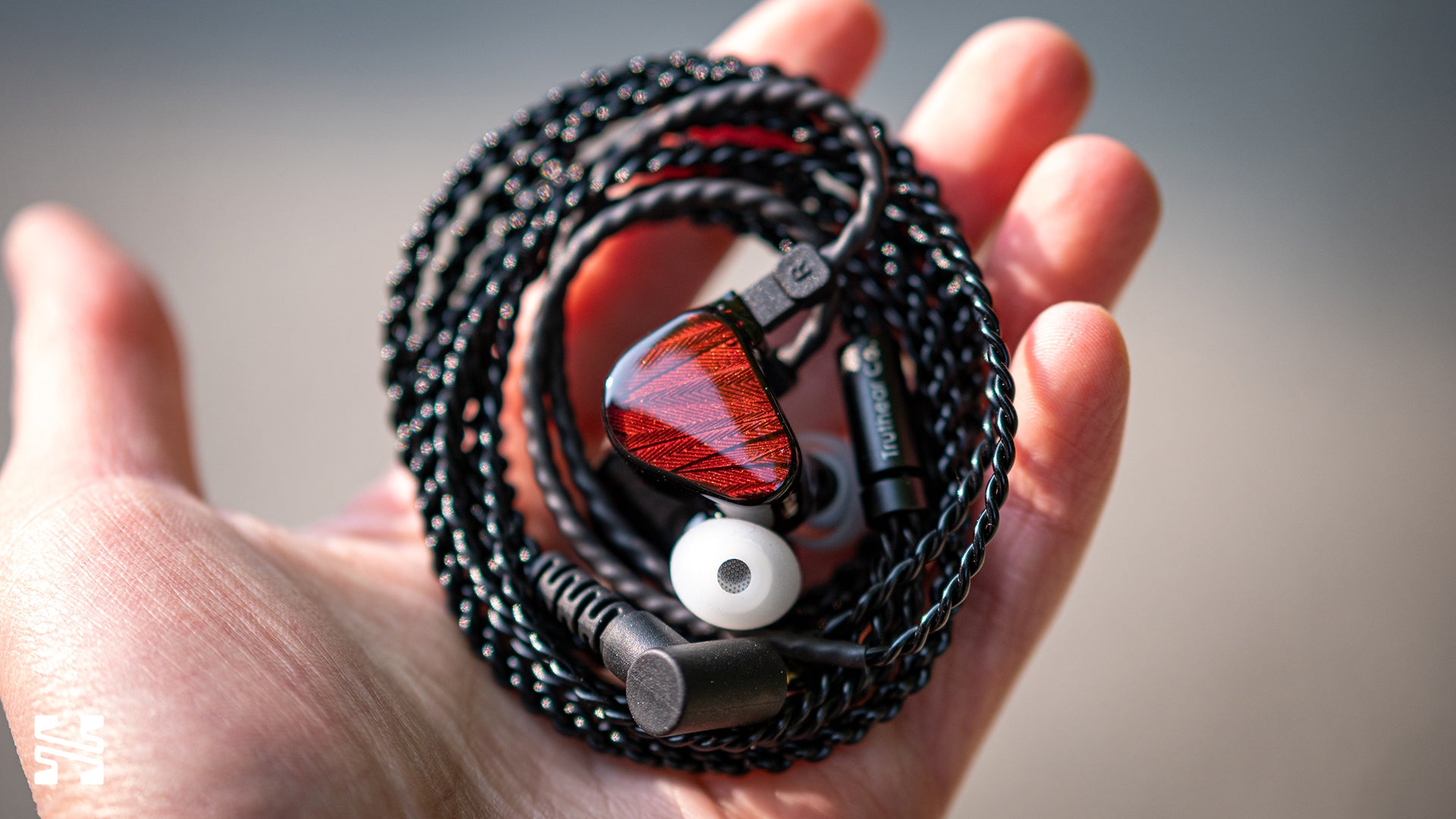
When these qualities are combined with its monitor-like tuning, the RED’s overall presentation is unique among the IEM market. The RED’s textured bass and tightly controlled treble response elevates its sound beyond seemingly similar IEMs. While its smaller staging could be improved, I don’t think it detracts too much from the sound and its coherency and articulation more than makes up the difference. I’ve heard a lot of budget IEMs. Most are me-too products in the race to the bottom with the usual trade-offs in tuning against its peers. The RED is not one of them.
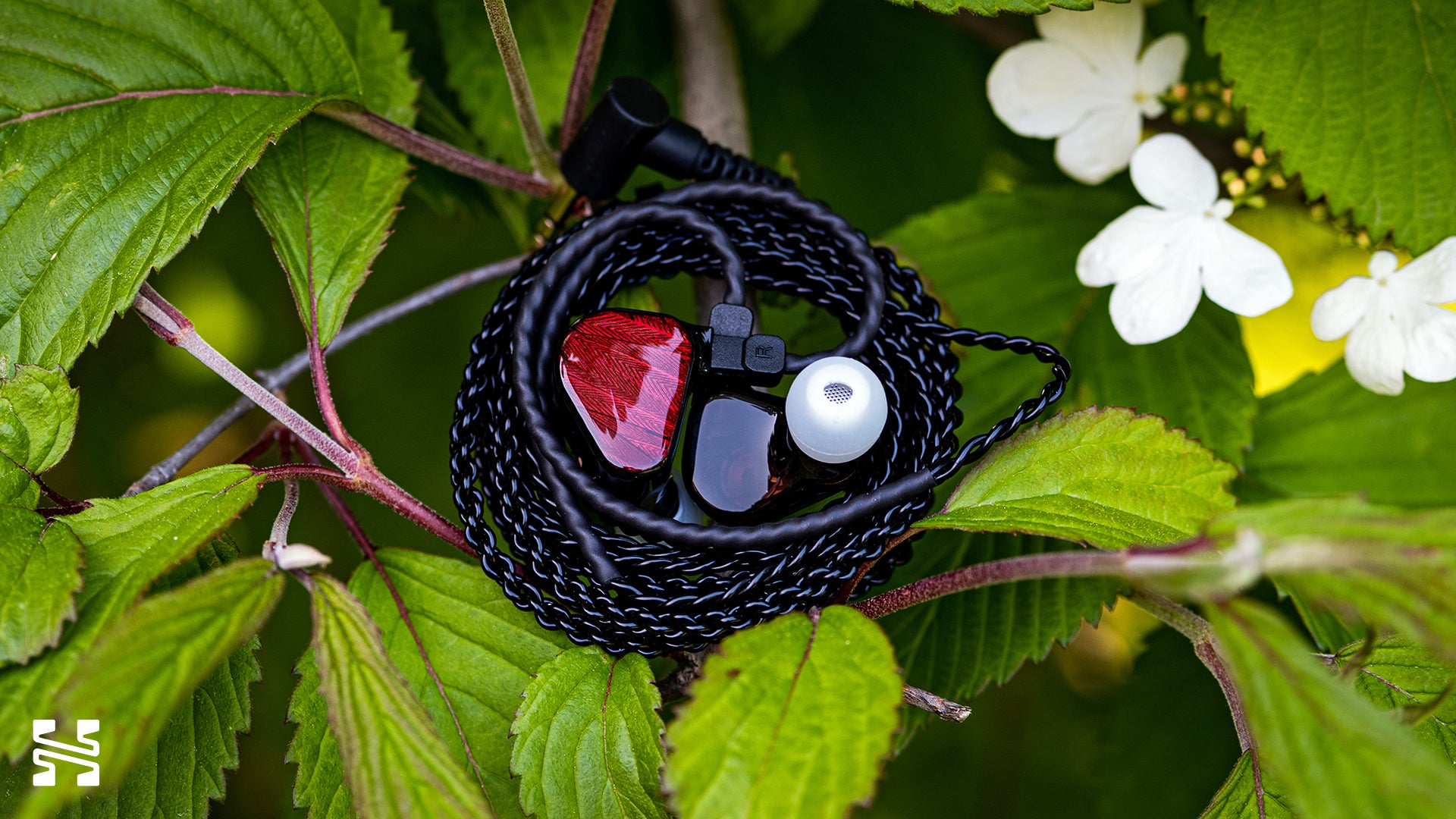
Should You Buy It?
Yes. The Truthear x Crinacle ZERO: RED gets a strong recommendation from me and is now my starting point for anyone’s first IEM under $100. I may not love it, but I haven't heard a better IEM in this class. If comfort with the larger nozzle is not an issue, the quality of its bass, leveled treble, and the included 10 Ω impedance adapter make it an exceptional value. For those wondering where the comparisons are, I’ll be writing a separate article dedicated to comparisons to other IEMs and along with measurements.
Some of the discourse around the RED is whether or not it makes other IEMs obsolete. That everyone should go out and buy a RED now. The answer is no, of course not. My philosophy is that if you already own something you enjoy and are satisfied with, there’s no need to go out and buy another just to upgrade to the “latest and greatest”.
Nor will the RED’s reference-style signature be to everyone’s taste. The RED is fundamentally one man’s opinion of the best IEM tuning. While it happens to be a very good tuning, it has no more data than Harman’s In-Ear target in terms of audience preference. And that’s where you come in. If you have the money and want to explore Crinacle’s ideal target and contribute to the community discussion, by all means. After all, trying out new gear yourself to deepen your understanding of audio and enjoyment of music is the whole point of this hobby. You’ll even get an excellent IEM on top. And hey, if you want to vehemently disagree with me or anyone about the RED, $55 is a fair price of admission.
- Fc-Construct
____
If you want to see Resolve’s measurements of the RED, you can find them here along with all of my other measurements. And for a sneak peek at some of the upcoming work we’re doing at the blog, try out this interactive graph tool of Resolve’s measurements with the RED.
This is the RED on the industry-leading B&K 5128 with a DF + 10 dB slope graph. See here for an explanation of what that means.
This graph is the RED using the older GRAS measurement rig which is the official version of my clone 711 coupler.
Finally, this graph compares the different tip sizes of the RED on the GRAS.
If you’re looking for more audio resources, check out The Headphone Show on YouTube where I’ve been making a few YT Shorts for bite-sized bits of fun.
